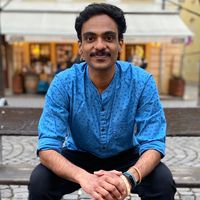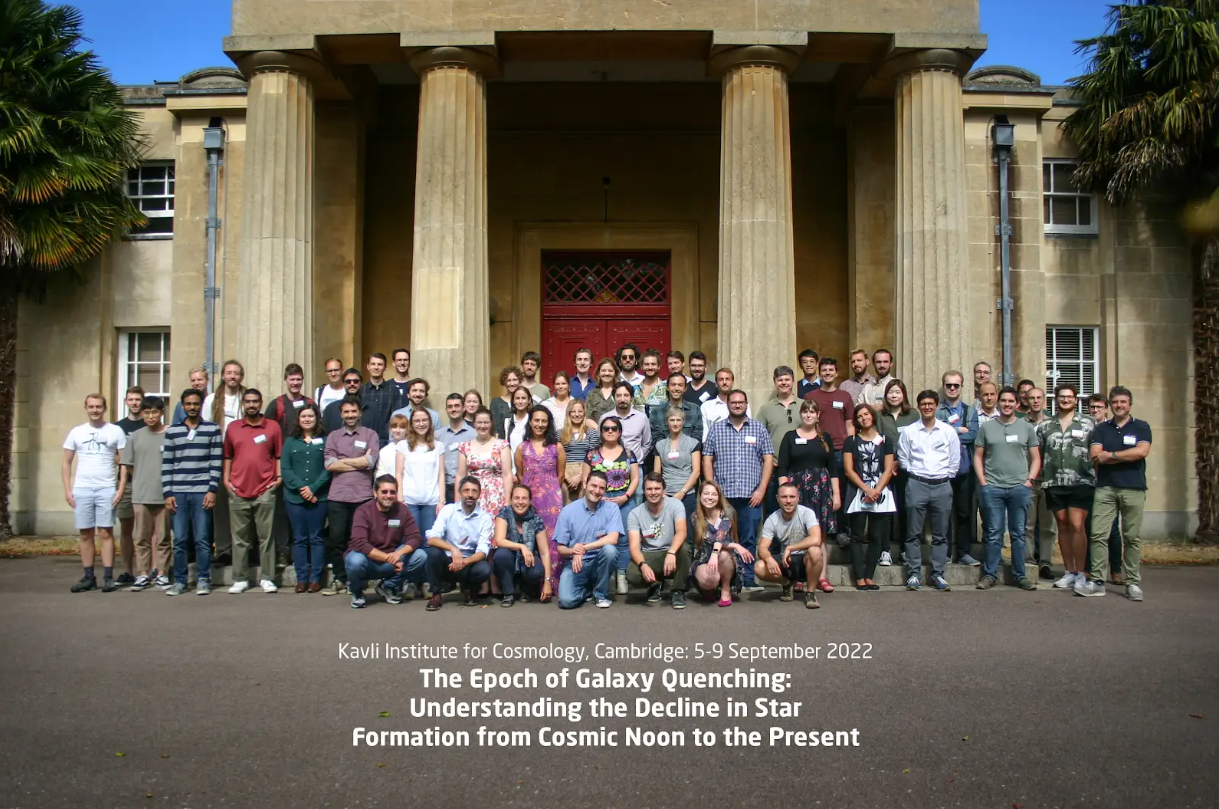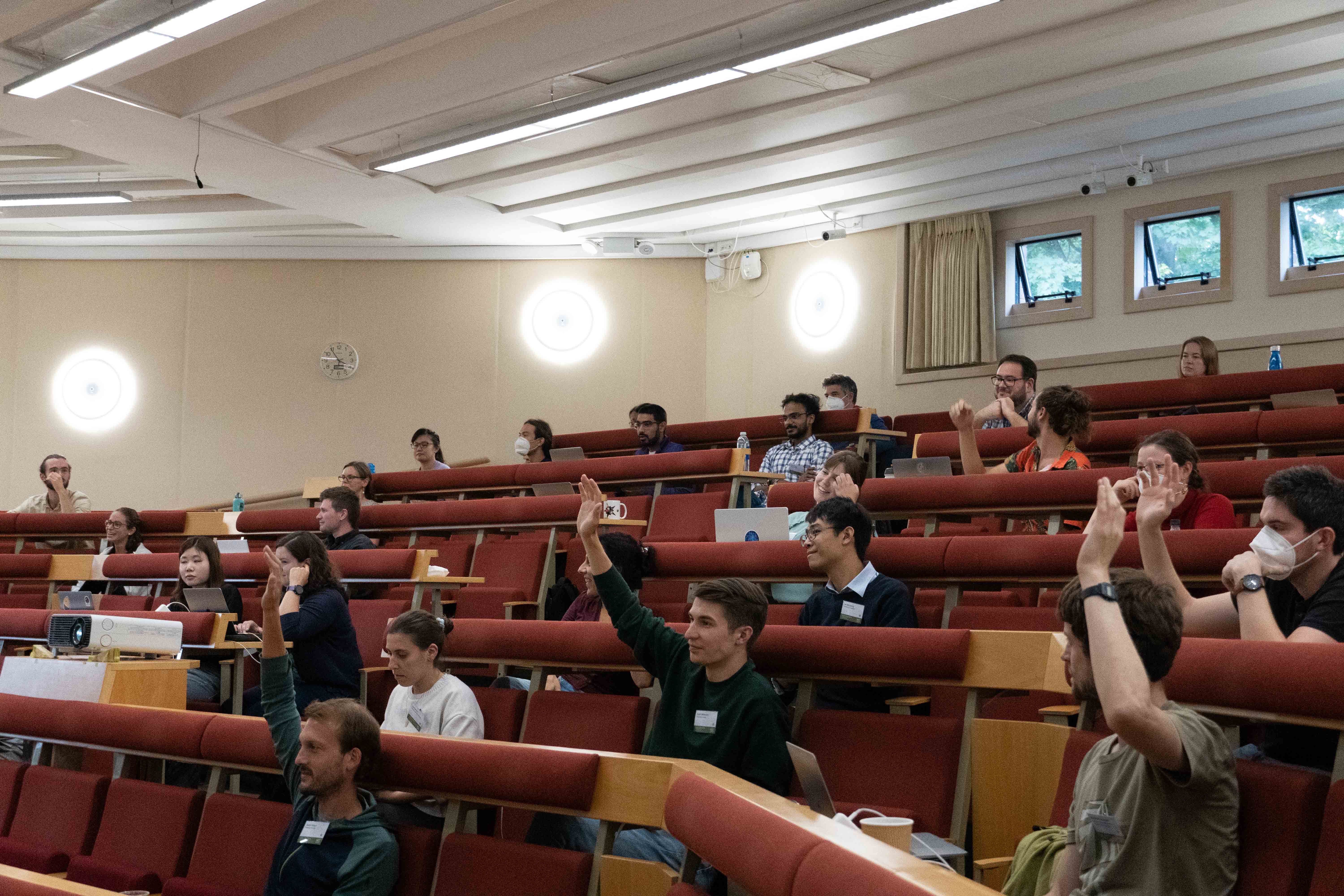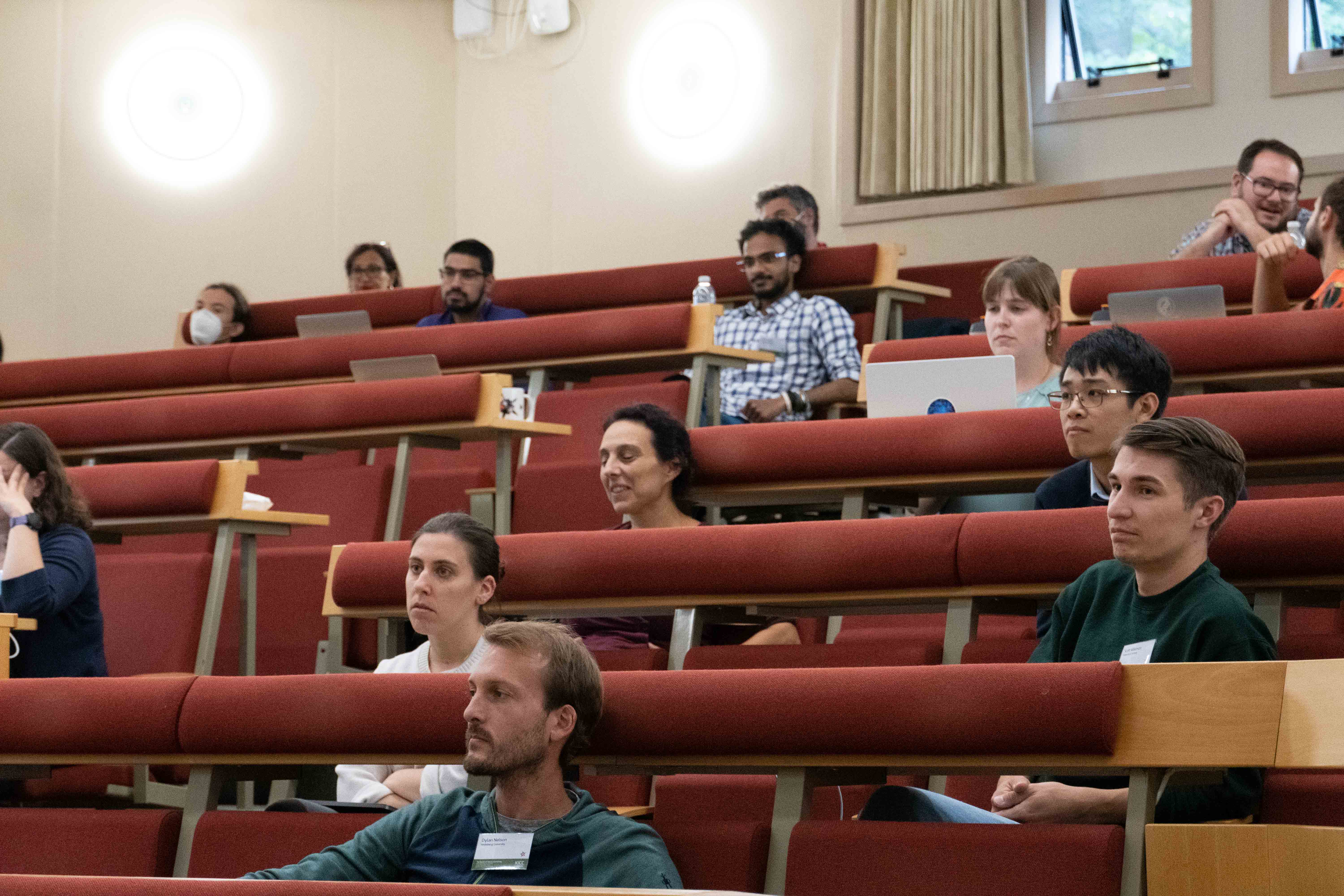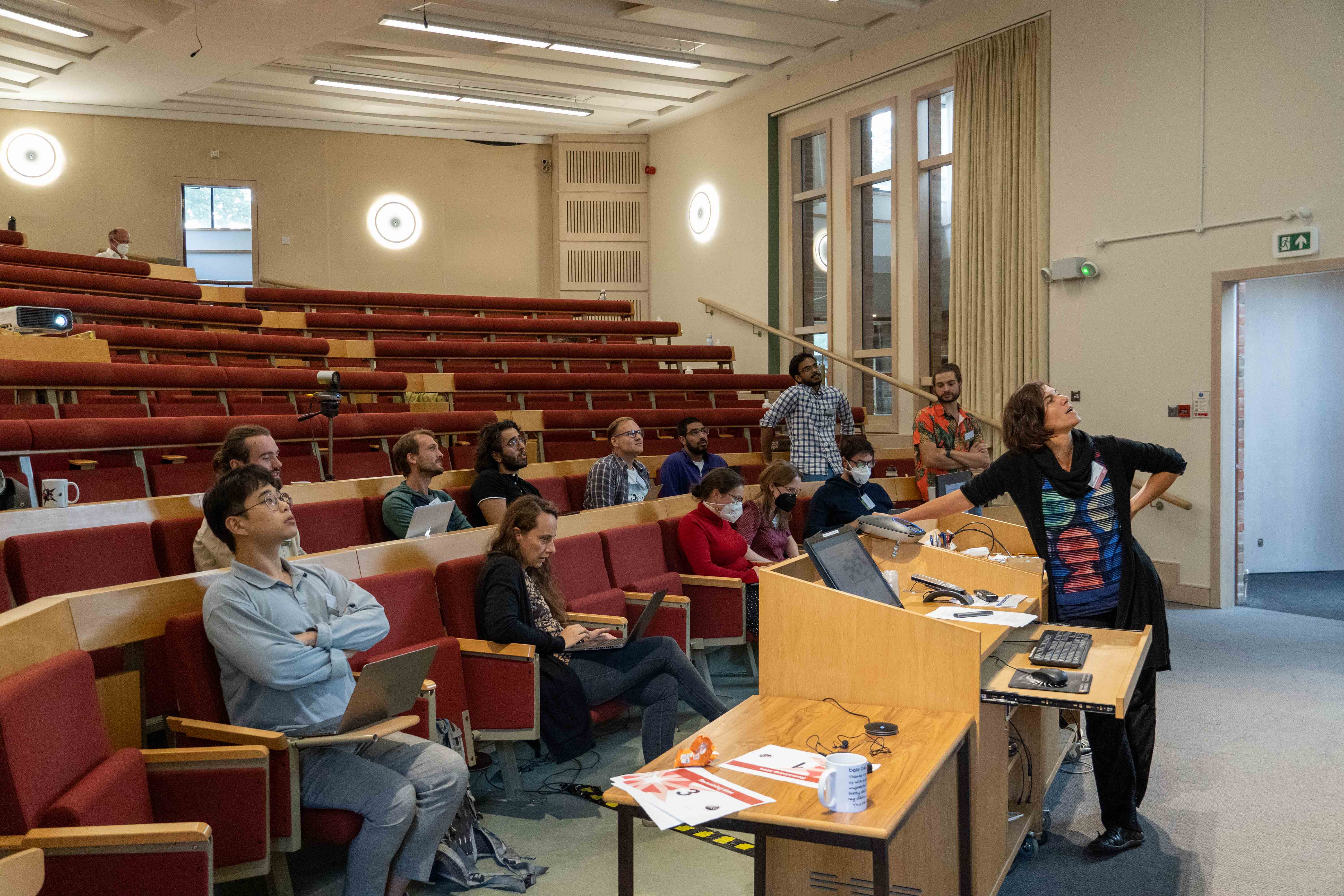About Me
Hi! I'm Robin Eappen, a PhD researcher in astronomy and astrophysics at the University of Bonn, working under the supervision of Prof. Pavel Kroupa. My research focuses on galaxy formation and evolution within the framework of Modified Newtonian Dynamics (MOND).
Let there be light, and there was light. They tried the same with darkness (dark matter), but then came Milgrom 😜
"I began with fresh hopes and ambitions, seeking to explore and elucidate the surrounding mysteries. Yet, my fervent journey was abruptly halted by the so-called 'experts' in power. They scrutinized and demanded revisions that aligned with their narrative. I resisted succumbing entirely, making only a few changes. But unbeknownst to me, the essence of my work vanished. Ambitions and explorations were torn away, and now I find myself a cog driven by these 'experts'."
"In a world where the currency of value is often measured in coins and clout, the depth of artistry and scientific marvels sometimes evades the grasp of those solely chasing monetary and authoritative eminence. The richness of these disciplines, like elusive constellations, often remains veiled to the eyes fixated on material worth and dominance. Yet I, a mere mortal, am but a whisper in the symphony of voices, unable to echo a resounding opinion amidst the clamor."
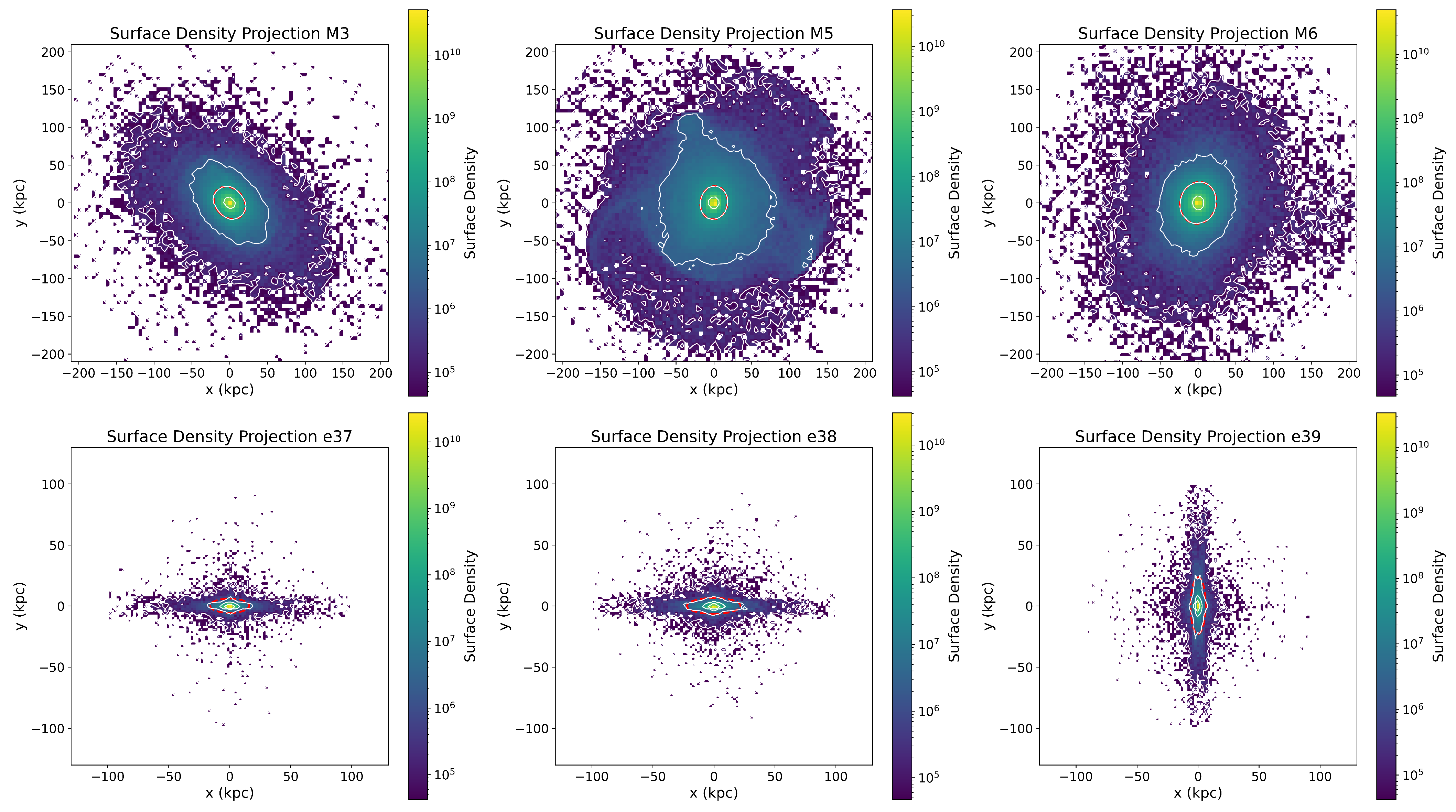
Bottom panel: Surface projection plot of model galaxy from Eappen & Kroupa (2025)
My Work
My research journey explores the fascinating formation and evolution of galaxies under the framework of Modified Newtonian Dynamics (MOND), challenging the conventional dark matter paradigm.
In my first major study, "The formation of early-type galaxies in Milgromian Dynamics", I simulated the monolithic collapse of early gas clouds in a MONDian universe. These simulations successfully recreated properties of observed early-type galaxies, showing that Milgromian gravity can naturally form elliptical galaxies with realistic structural and kinematic features.
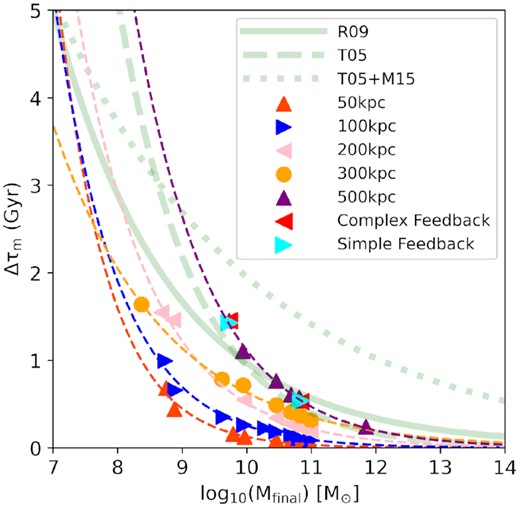
Building on this, my second study, "The formation of compact massive relic galaxies in MOND", focused on the formation of compact massive relic galaxies — ancient, compact ellipticals that formed early in the universe and have remained relatively unchanged. My models reproduced key properties of these enigmatic galaxies, including high central velocity dispersions and small effective radii, without invoking mergers or exotic physics.
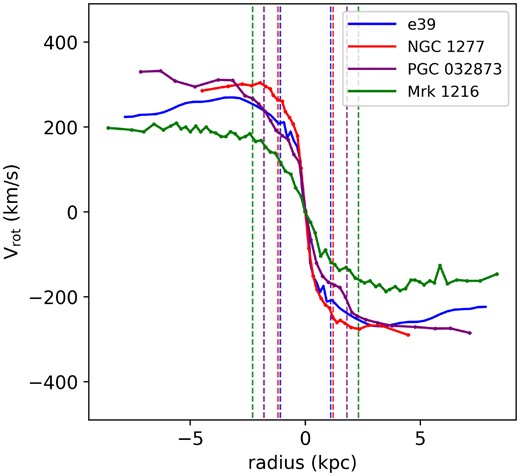
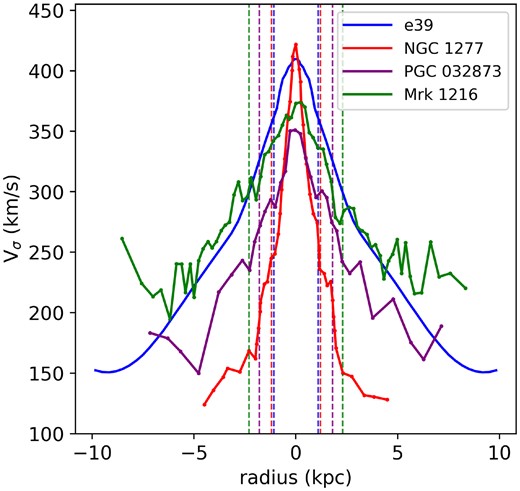
In my third work, "Scaling relations of early-type galaxies in MOND", I extended my models to study scaling relations such as the fundamental plane and mass-size relations of ETGs. The findings show remarkable alignment with observational data, reinforcing MOND's robustness across different galactic environments.
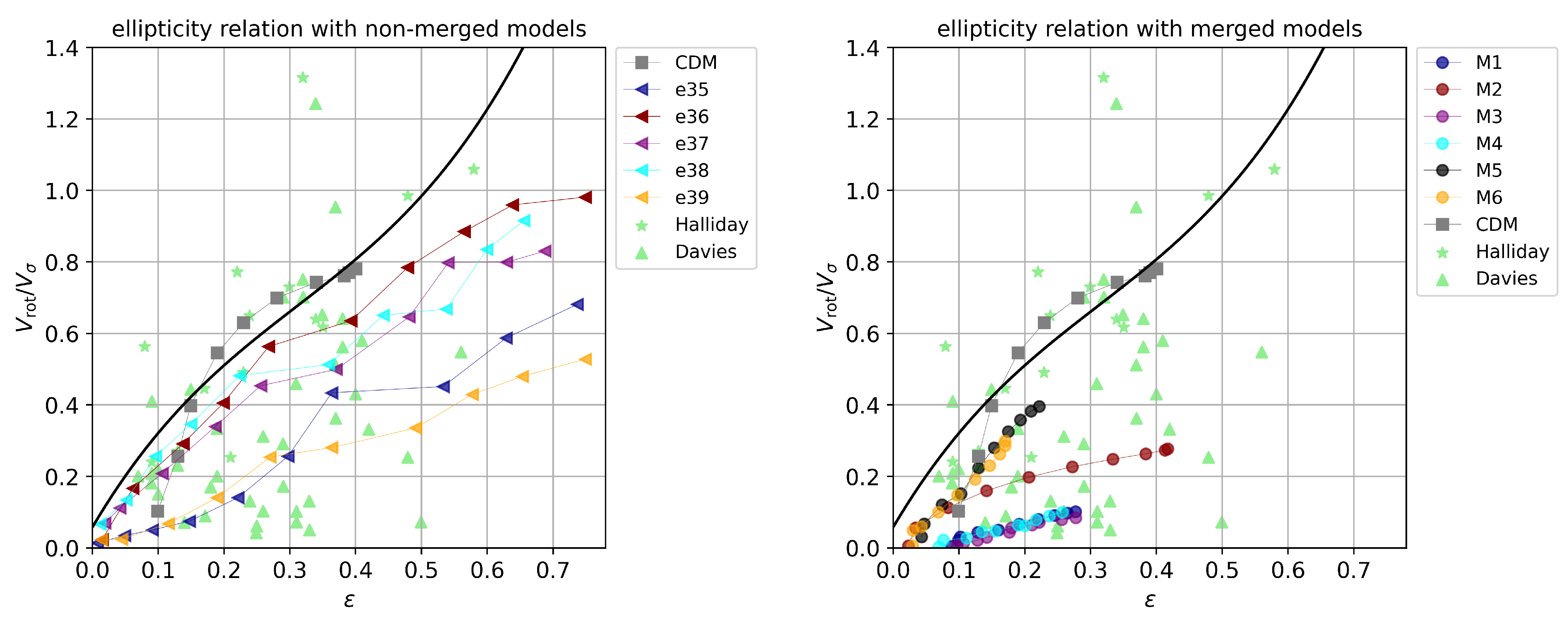
In my fourth study, "Growth of black holes at the centre of early-type galaxies in MOND", I investigate whether the early formation conditions in MOND can lead to the emergence of supermassive black holes (SMBHs) in compact early-type galaxies. Using our monolithic collapse simulations, I analyze the evolution of the central gravitational potential and gas inflow rates. The findings show that rapid central potential deepening and intense early gas inflows — peaking above 2×1010 M☉/Gyr — create favorable conditions for SMBH formation. By assuming that a fraction of the central stellar mass collapses into a black hole, I find that the resulting black hole masses align with the observed MBH – σ relation, especially for galaxies with high central velocity dispersion (σ > 200 km/s). This work suggests that MOND can naturally account for black hole–host galaxy scaling relations without invoking dark matter.

In my latest published paper, "Model-Independent Inference of Galaxy Star Formation Histories in the Local Volume", I developed a non-parametric framework that generates large ensembles of possible SFHs for each Local-Volume galaxy and retains only those consistent with their observed present-day SFR (SFR₀) and time-averaged ⟨SFR⟩. This approach yields statistical distributions of power-law slopes η and half-mass formation times t₅₀ without assuming any fixed functional form, providing a purely data-driven view of how galaxies formed and evolved. Our results confirm that strongly declining SFH templates are disfavored in the Local Volume: most systems are consistent with flat long-term SFHs, with only mild decline or occasional rising. These findings reinforce the conclusion that standard declining SFH models—such as delayed-𝜏 or exponential templates—may be inappropriate for describing star-forming galaxies in the nearby universe, particularly in the dwarf and irregular regimes.

These works collectively advance the case for Milgromian dynamics, offering a credible alternative to dark matter theories in explaining galaxy-scale structures and behaviors.
Publications
Here is a curated selection of my scientific contributions to the field of galaxy formation and evolution in Modified Newtonian Dynamics (MOND):
-
The formation of early-type galaxies in Milgromian Dynamics
Eappen et al. (2022), MNRAS
Read the paper -
The formation of compact massive relic galaxies in MOND
Eappen & Kroupa (2024), MNRAS
Read the paper -
Scaling relations of early-type galaxies in MOND
Eappen & Kroupa (2025), Galaxies
Read the paper -
Growth of black holes at the centre of early-type galaxies in MOND
Eappen & Kroupa (2025), PASA (Accepted)
Read the paper -
Model-Independent Inference of Galaxy Star Formation Histories in the Local Volume
Eappen (2025), Universe
Read the paper -
Poster presented at Epoch of Galaxy Quenching 2022
Kavli Institute, Cambridge University
View Poster -
Poster presented at Wide-Field Spectroscopy vs Galaxy Formation & LEM workshop 2023
University of California, Santa Barbara
View Poster
Posters
Conference Photos
Epoch of Galaxy Quenching 2022
Kavli Institute, Cambridge University
JH-meeting on stellar populations, gravitational dynamics and MOND-based cosmology
Florian Palace in Jindrichuv Hradec; Nov., 23.-26, 2022
Contact Me
Please feel free to contact me if you have any queries or are interested in discussions.
